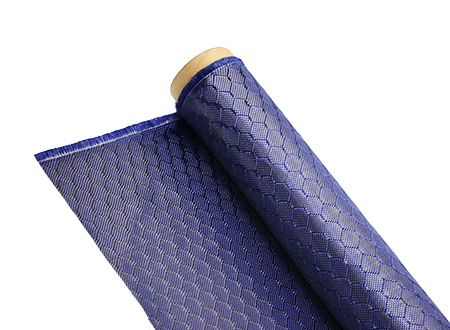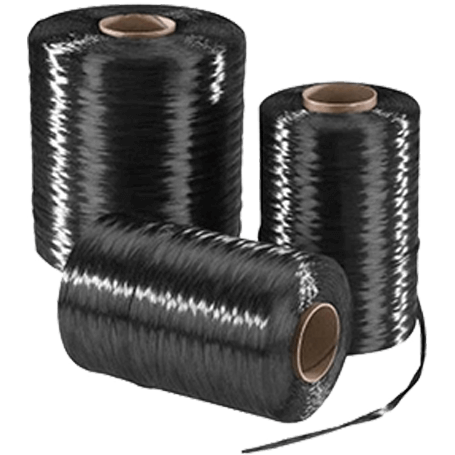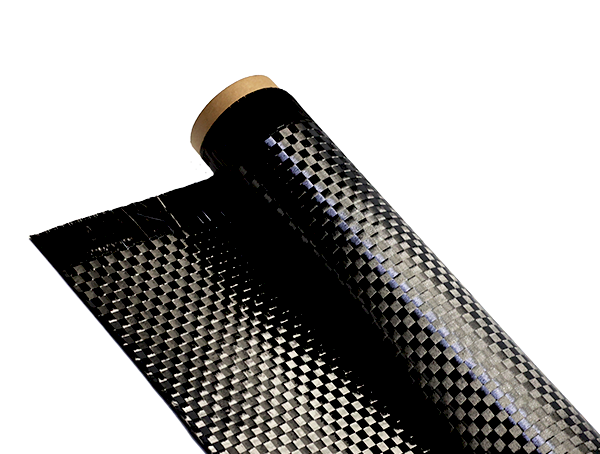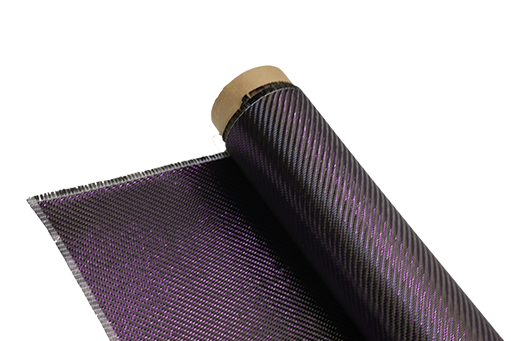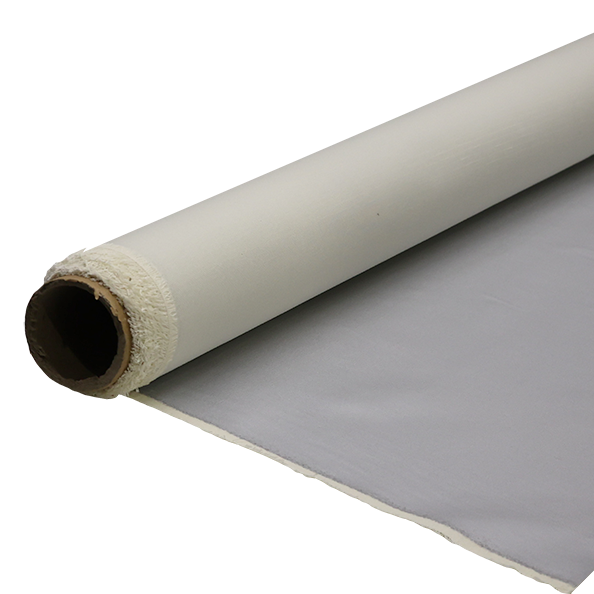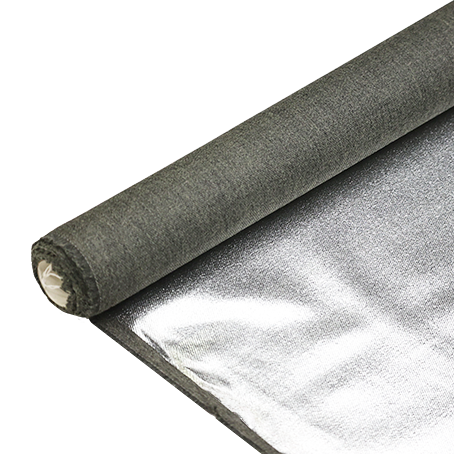The Science of Resin Cross-Linking Explained
-
Table of Contents
“Unlocking the Chemistry: The Science Behind Resin Cross-Linking Revealed.”
The science of resin cross-linking is a critical aspect of polymer chemistry that involves the formation of a three-dimensional network through the bonding of polymer chains. This process enhances the mechanical properties, thermal stability, and chemical resistance of resins, making them suitable for a wide range of applications, from coatings and adhesives to composites and electronics. Cross-linking can occur through various mechanisms, including chemical reactions, heat, or radiation, and the degree of cross-linking significantly influences the final characteristics of the material. Understanding the principles behind resin cross-linking is essential for optimizing formulations and achieving desired performance in industrial applications.
Understanding The Chemistry Behind Resin Cross-Linking
Resin cross-linking is a fundamental process in polymer chemistry that significantly influences the properties and applications of various materials. To understand the chemistry behind resin cross-linking, it is essential to first grasp the nature of resins themselves. Resins are typically organic compounds that can be either natural or synthetic, and they serve as precursors to polymers. When subjected to specific conditions, these resins undergo a transformation that leads to the formation of a three-dimensional network structure, a phenomenon known as cross-linking.
At the molecular level, cross-linking involves the formation of covalent bonds between polymer chains. This process can occur through various mechanisms, including thermal, chemical, or radiation-induced methods. For instance, in thermosetting resins, heat is often applied to initiate the cross-linking reaction, resulting in a rigid and infusible structure. Conversely, in thermoplastic resins, cross-linking may be achieved through chemical agents known as curing agents or hardeners, which react with the resin to create a stable network.
The degree of cross-linking is a critical factor that determines the final properties of the resin. A higher degree of cross-linking typically results in enhanced mechanical strength, thermal stability, and chemical resistance. This is because the interconnected network restricts the mobility of polymer chains, thereby increasing the material’s rigidity and durability. However, it is important to note that excessive cross-linking can lead to brittleness, as the material may become too rigid to absorb stress effectively. Therefore, achieving an optimal balance in cross-link density is crucial for tailoring the properties of the final product.
Moreover, the chemistry of the resin itself plays a significant role in the cross-linking process. Different types of resins, such as epoxy, polyester, and polyurethane, exhibit distinct chemical behaviors and reactivity profiles. For example, epoxy resins are known for their excellent adhesion and mechanical properties, which can be attributed to their ability to form strong covalent bonds during cross-linking. On the other hand, polyester resins often rely on a combination of thermal and chemical processes to achieve cross-linking, resulting in materials that are versatile and widely used in various applications.
In addition to the type of resin, the choice of curing agents and additives can also influence the cross-linking process. For instance, the incorporation of fillers or plasticizers can modify the physical properties of the final product, allowing for enhanced flexibility or improved thermal performance. Furthermore, the presence of catalysts can accelerate the cross-linking reaction, enabling faster curing times and more efficient production processes.
As research in polymer chemistry continues to advance, scientists are exploring innovative methods to control and optimize resin cross-linking. Techniques such as nanotechnology and bio-based materials are being investigated to create resins with tailored properties for specific applications, ranging from aerospace to biomedical fields. By understanding the underlying chemistry of resin cross-linking, researchers can develop new materials that meet the ever-evolving demands of modern technology.
In conclusion, the science of resin cross-linking is a complex interplay of chemical reactions and molecular interactions that ultimately dictate the performance of polymeric materials. By delving into the chemistry behind this process, one can appreciate the intricacies involved in designing and engineering resins that fulfill a wide array of functional requirements. As the field continues to evolve, the potential for new discoveries and applications remains vast, promising exciting advancements in material science.
The Role Of Temperature In Resin Cross-Linking
The process of resin cross-linking is a critical aspect of polymer chemistry, significantly influencing the properties and performance of the final material. Among the various factors that affect this intricate process, temperature plays a pivotal role. Understanding how temperature impacts resin cross-linking can provide valuable insights into optimizing the curing process and enhancing the characteristics of the resulting polymer.
To begin with, temperature directly influences the kinetic energy of the molecules involved in the cross-linking reaction. As the temperature increases, the kinetic energy of the resin molecules also rises, leading to a higher frequency of molecular collisions. This increase in collisions can enhance the likelihood of reactive groups within the resin interacting with one another, thereby facilitating the formation of cross-links. Consequently, a higher temperature can accelerate the curing process, allowing for a more rapid transition from a liquid or semi-liquid state to a solid, cross-linked network.
However, it is essential to recognize that while elevated temperatures can expedite the cross-linking reaction, they can also lead to undesirable effects if not carefully controlled. For instance, excessive heat may cause the resin to undergo thermal degradation, resulting in a loss of mechanical properties and overall integrity. This degradation can manifest as discoloration, brittleness, or even complete failure of the material. Therefore, it is crucial to find an optimal temperature range that maximizes the cross-linking efficiency while minimizing the risk of thermal damage.
Moreover, the specific type of resin being used can significantly influence how temperature affects the cross-linking process. Different resins have varying thermal properties and reactivity profiles, which means that the ideal temperature for cross-linking can differ from one resin to another. For example, epoxy resins typically require a specific curing temperature to achieve optimal cross-link density, while polyurethane resins may exhibit different thermal behavior. Understanding these nuances is vital for formulators and manufacturers aiming to tailor the properties of their products.
In addition to the direct effects of temperature on molecular interactions, it is also important to consider the role of temperature in relation to the curing agents or hardeners used in conjunction with the resin. Many curing agents are temperature-sensitive and may require specific conditions to activate their reactivity. For instance, some hardeners may only become effective at elevated temperatures, while others may be more effective at lower temperatures. This interplay between resin, curing agents, and temperature underscores the complexity of the cross-linking process and highlights the need for careful formulation and process control.
Furthermore, the cooling phase following the cross-linking reaction is equally significant. As the material cools, the cross-linked network solidifies, locking in the structural integrity and mechanical properties of the polymer. If the cooling process is too rapid, it may induce internal stresses within the material, potentially leading to warping or cracking. Conversely, a slow cooling process can allow for better stress distribution and improved dimensional stability.
In conclusion, temperature is a fundamental factor in the resin cross-linking process, influencing both the rate of reaction and the final properties of the material. By understanding the delicate balance between temperature, resin type, and curing agents, manufacturers can optimize their processes to achieve high-performance polymers tailored to specific applications. This knowledge not only enhances product quality but also contributes to the advancement of materials science as a whole.
Applications Of Cross-Linked Resins In Modern Materials
The applications of cross-linked resins in modern materials are vast and varied, reflecting the versatility and robustness of these substances in numerous industries. Cross-linking, a process that involves the formation of chemical bonds between polymer chains, enhances the mechanical properties, thermal stability, and chemical resistance of resins. As a result, cross-linked resins have become integral to the development of advanced materials that meet the demanding requirements of contemporary applications.
One of the most prominent applications of cross-linked resins is in the field of coatings and adhesives. These materials are essential in providing protective layers for surfaces, enhancing durability, and improving adhesion. For instance, cross-linked epoxy resins are widely used in industrial coatings due to their excellent resistance to chemicals and moisture. This makes them ideal for environments that require robust protection, such as in marine, automotive, and aerospace applications. Furthermore, the cross-linking process imparts a high degree of hardness and scratch resistance, which is crucial for maintaining the integrity of surfaces exposed to wear and tear.
In addition to coatings, cross-linked resins play a significant role in the production of composite materials. These composites, which combine different materials to achieve superior properties, often utilize cross-linked resins as a matrix to bind reinforcing fibers, such as glass or carbon. The resulting composite materials exhibit enhanced strength-to-weight ratios, making them suitable for applications in the aerospace and automotive industries, where reducing weight while maintaining structural integrity is paramount. The cross-linking of resins in these composites not only improves mechanical performance but also contributes to their thermal stability, allowing them to withstand extreme conditions.
Moreover, cross-linked resins are increasingly being utilized in the manufacturing of foams and elastomers. For example, polyurethane foams, which are often cross-linked, are widely used in furniture, automotive seating, and insulation applications. The cross-linking process enhances the foam’s resilience and durability, ensuring that it retains its shape and performance over time. Similarly, cross-linked elastomers, such as silicone rubber, are employed in seals, gaskets, and various consumer products due to their excellent flexibility and resistance to environmental factors. These properties make them indispensable in applications where reliability and longevity are critical.
The medical field also benefits significantly from cross-linked resins. In the production of medical devices and implants, biocompatible cross-linked polymers are essential for ensuring safety and efficacy. For instance, cross-linked polyethylene is commonly used in joint replacement surgeries due to its wear resistance and ability to withstand the mechanical stresses encountered in the human body. Additionally, cross-linked hydrogels are utilized in drug delivery systems, where their ability to swell and retain water allows for controlled release of therapeutic agents.
As technology continues to advance, the potential applications of cross-linked resins are expanding. Innovations in material science are leading to the development of new formulations and processing techniques that enhance the properties of these resins even further. This ongoing research is paving the way for novel applications in fields such as electronics, where cross-linked resins can be used in encapsulation and insulation materials, as well as in the production of flexible displays and sensors.
In conclusion, the applications of cross-linked resins in modern materials are extensive and continue to evolve. Their unique properties make them indispensable across various industries, from coatings and composites to medical devices and beyond. As research progresses, the potential for new and innovative uses for cross-linked resins will undoubtedly expand, further solidifying their role as a cornerstone of modern material science.
Q&A
1. **What is resin cross-linking?**
Resin cross-linking is a chemical process where polymer chains are interconnected through covalent bonds, creating a three-dimensional network that enhances the material’s strength, durability, and thermal stability.
2. **What are the benefits of cross-linking in resins?**
Cross-linking improves the mechanical properties of resins, such as increased hardness, chemical resistance, and reduced solubility, making them suitable for applications in coatings, adhesives, and composite materials.
3. **What methods are used for cross-linking resins?**
Common methods for cross-linking resins include thermal curing, chemical curing with hardeners or catalysts, and radiation curing, each of which initiates the cross-linking reaction to form a solid, stable network.The science of resin cross-linking involves the chemical process where polymer chains are interconnected, enhancing the material’s strength, durability, and thermal stability. This process is crucial in various applications, including coatings, adhesives, and composite materials. Understanding the mechanisms of cross-linking, such as the role of catalysts and the conditions required for optimal bonding, allows for the development of advanced materials with tailored properties. Overall, resin cross-linking is a fundamental aspect of polymer chemistry that significantly impacts material performance and application.

